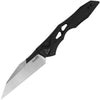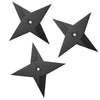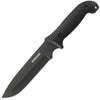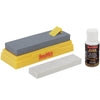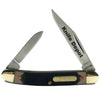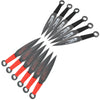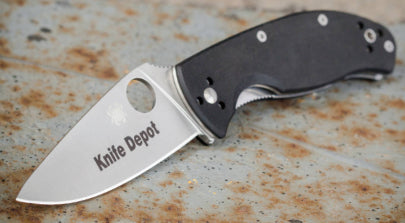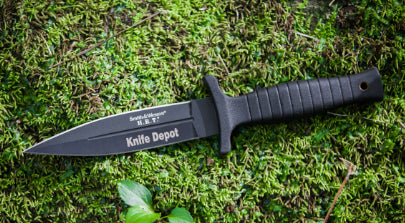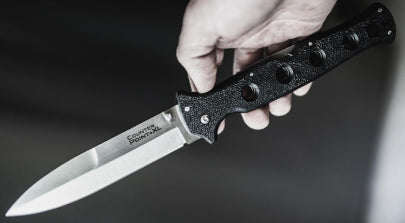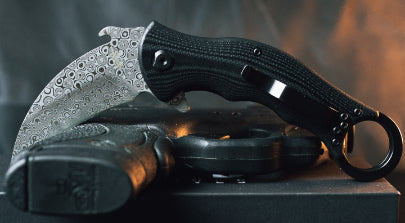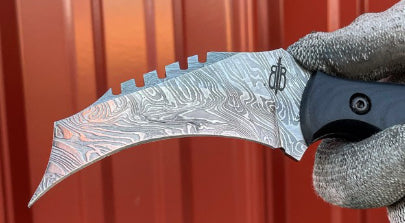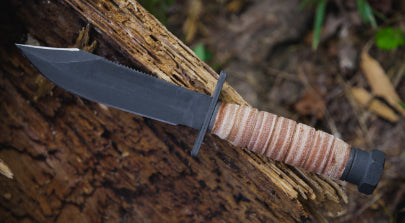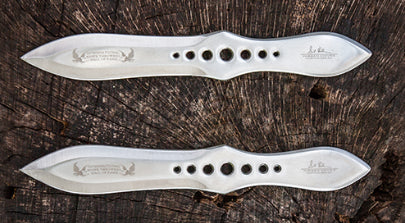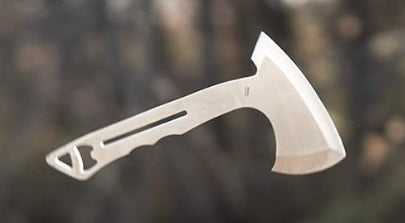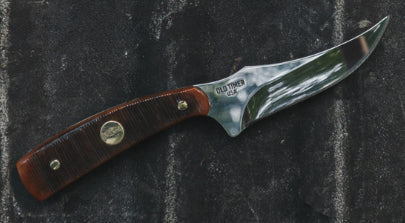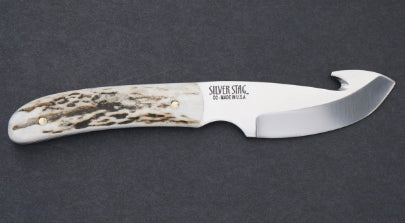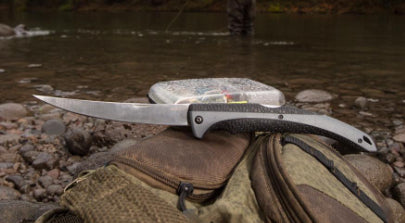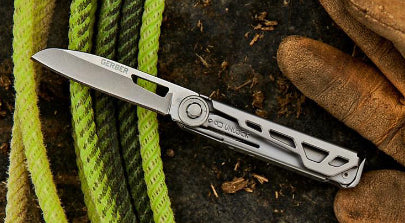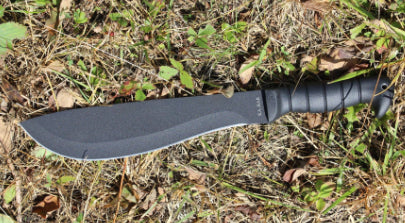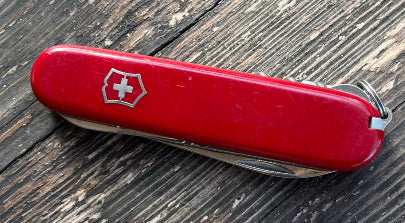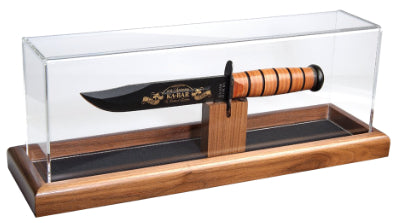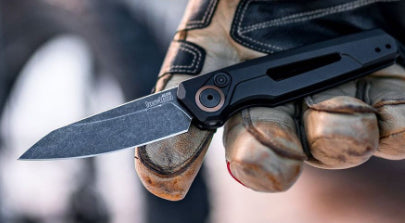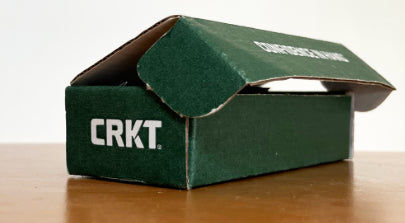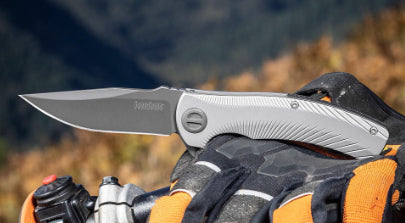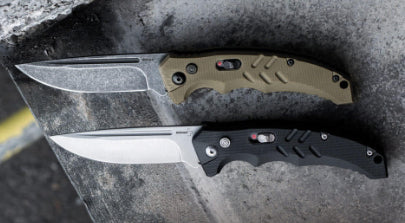Sheepsfoot Blades
- Well suited to giving a clean cut while slicing
- Very controllable
- No point exists (avoids accidental stabbing)
- No point exists
Sheepsfoot Blade Images

In some cases, you want a knife that is perfect for slicing or cutting without worrying about controlling the point. After all, an accidental stabbing makes for a bad day, and you can avoid one by using a sheepsfoot blade.
The main purpose of a sheepsfoot blade is for cutting and slicing while minimizing the chances of anything accidentally being pierced by the point. The design of a sheepsfoot knife includes a straight edged front blade and a dull back spine that curves down to meet the straight edge. The two blades meet at the tip to form a "false point." The distinctive flat cutting edge is well-suited to giving you a supremely clean cut, especially on flat cutting surfaces.
Sheepsfoot knives are popular among emergency responders who use them to cut seatbelts and other restraints without injuring the victim with a sharp point. The are also popular among sailors who use them to safely cut rigging without the danger of piercing the sails.
The Japanese santoku kitchen knife also uses this blade shape as it aims for slicing food without a point getting in the way. Because you can hold the unsharpened back blade with your fingers, a santoku gives you a great degree of control over precise cuts like the julienne or brunoise.
The only disadvantage of a sheepsfoot blade is its lack of a sharp point, which also happens to be one of its advantages.











